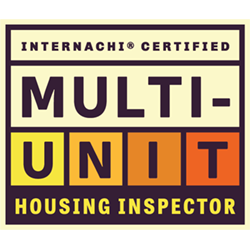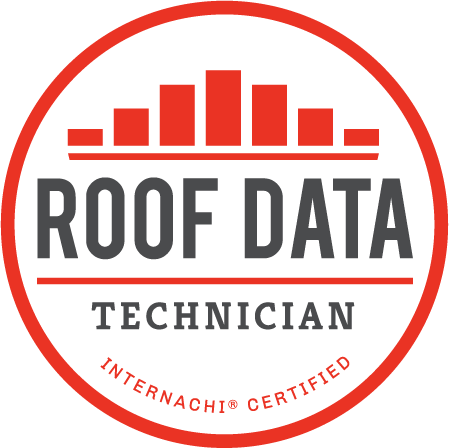Commercial Property Inspections
A commercial property inspection is a comprehensive evaluation of a commercial building’s physical condition and systems. This type of inspection is typically conducted by professionals, such as licensed inspectors or engineers, to assess the property’s overall health and identify any potential issues or concerns. Commercial property inspections are crucial for investors, property owners, and tenants to make informed decisions about the property’s purchase, lease, or ongoing maintenance.
The inspection process involves a detailed examination of various components within and around the commercial property. The goal is to provide a thorough understanding of the building’s current condition, highlight any immediate repairs or maintenance needs, and offer insights into the longevity and performance of its major systems. Here’s a breakdown of what a commercial property inspection entails:
1. Exterior Inspection:
Site and Grounds:
- Landscaping: Assess the condition of landscaping elements, including trees, shrubs, and irrigation systems.
- Pavement and Parking: Inspect parking lots, driveways, sidewalks, and curbs for cracks, potholes, and overall condition.
- Exterior Structures: Check the condition of fences, retaining walls, and other exterior structures.
Building Envelope:
- Roofing: Examine the roof for signs of damage, leaks, or wear. Evaluate the condition of roofing materials and flashing.
- Walls: Inspect the exterior walls for cracks, damage, or signs of water intrusion.
- Windows and Doors: Check windows and doors for proper sealing, functionality, and signs of damage.
2. Interior Inspection:
Structural Components:
- Foundation: Evaluate the foundation for cracks, settlement, or other structural issues.
- Flooring: Inspect interior floors for any damage or irregularities.
- Ceilings and Walls: Check for cracks, water stains, or signs of structural issues.
- Columns and Beams: Assess the condition of support columns and beams.
Building Systems:
- HVAC (Heating, Ventilation, and Air Conditioning): Evaluate the condition and performance of HVAC systems, including furnaces, air conditioners, and ventilation.
- Plumbing: Check for leaks, water pressure issues, and the overall condition of plumbing fixtures.
- Electrical: Inspect the electrical system, including wiring, outlets, switches, and the main electrical panel.
- Fire Protection Systems: Assess the condition of fire alarms, sprinkler systems, and emergency exits.
Interior Finishes:
- Flooring: Inspect the condition of carpets, tiles, or other flooring materials.
- Walls and Ceilings: Check for signs of water damage, cracks, or issues with interior finishes.
- Windows and Doors: Evaluate the condition and functionality of interior windows and doors.
3. Roof Inspection:
- Roof Structure: Inspect the structural components of the roof, including trusses and framing.
- Roof Covering: Assess the condition of the roofing material, whether it’s asphalt shingles, metal, or another type.
- Flashing: Check flashing around roof penetrations, such as chimneys and vents.
- Gutters and Downspouts: Evaluate the condition and functionality of gutters and downspouts.
4. Mechanical Systems:
- Elevators: If applicable, inspect elevators for proper operation and compliance with safety codes.
- Boilers and Water Heaters: Assess the condition and functionality of boilers and water heaters.
- HVAC Systems: Further examine HVAC components, including ductwork and air handlers.
5. Safety and Accessibility:
- ADA Compliance: Ensure that the property complies with the Americans with Disabilities Act (ADA) requirements for accessibility.
- Emergency Exits: Verify the condition and accessibility of emergency exits.
6. Documentation and Reporting:
- Photographs: Take photographs of key findings to document the property’s condition.
- Detailed Report: Provide a comprehensive report outlining the inspection findings, including any issues discovered, recommendations for repairs or maintenance, and the estimated remaining lifespan of major systems.
7. Environmental Considerations:
- Asbestos and Lead: Identify the presence of asbestos or lead-based paint, which may require remediation.
- Environmental Hazards: Assess the property for potential environmental hazards, such as mold or radon.
8. Cost Estimates:
- Repair and Maintenance Costs: Provide estimates for any recommended repairs or maintenance activities.
A commercial property inspection is a valuable tool for all parties involved in a commercial real estate transaction. It helps buyers or lessees make informed decisions, assists sellers in addressing potential issues before listing a property, and aids property managers in maintaining the asset over time. By thoroughly assessing the property’s condition and systems, a commercial property inspection promotes transparency and reduces the risk of unexpected costs or liabilities.
























